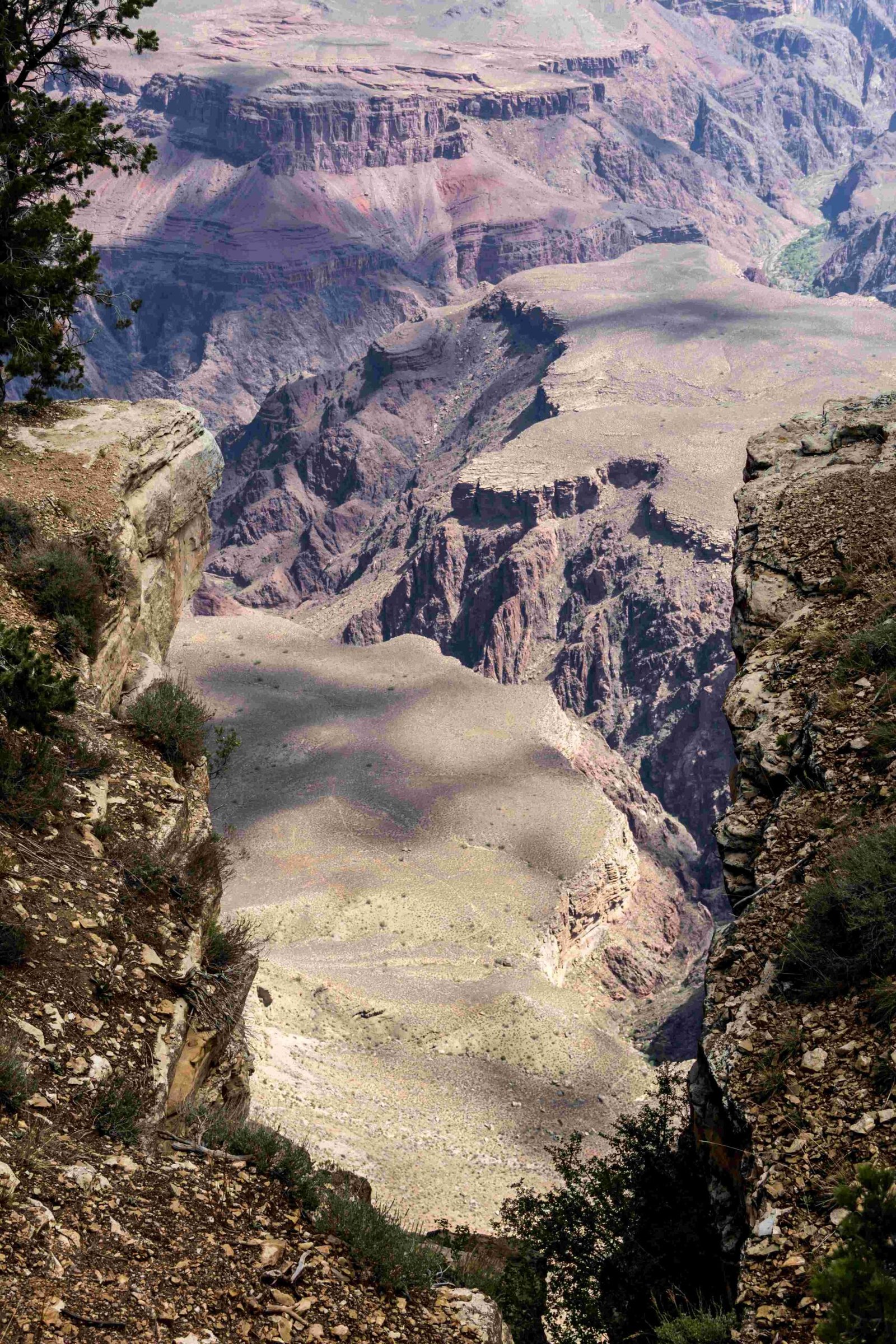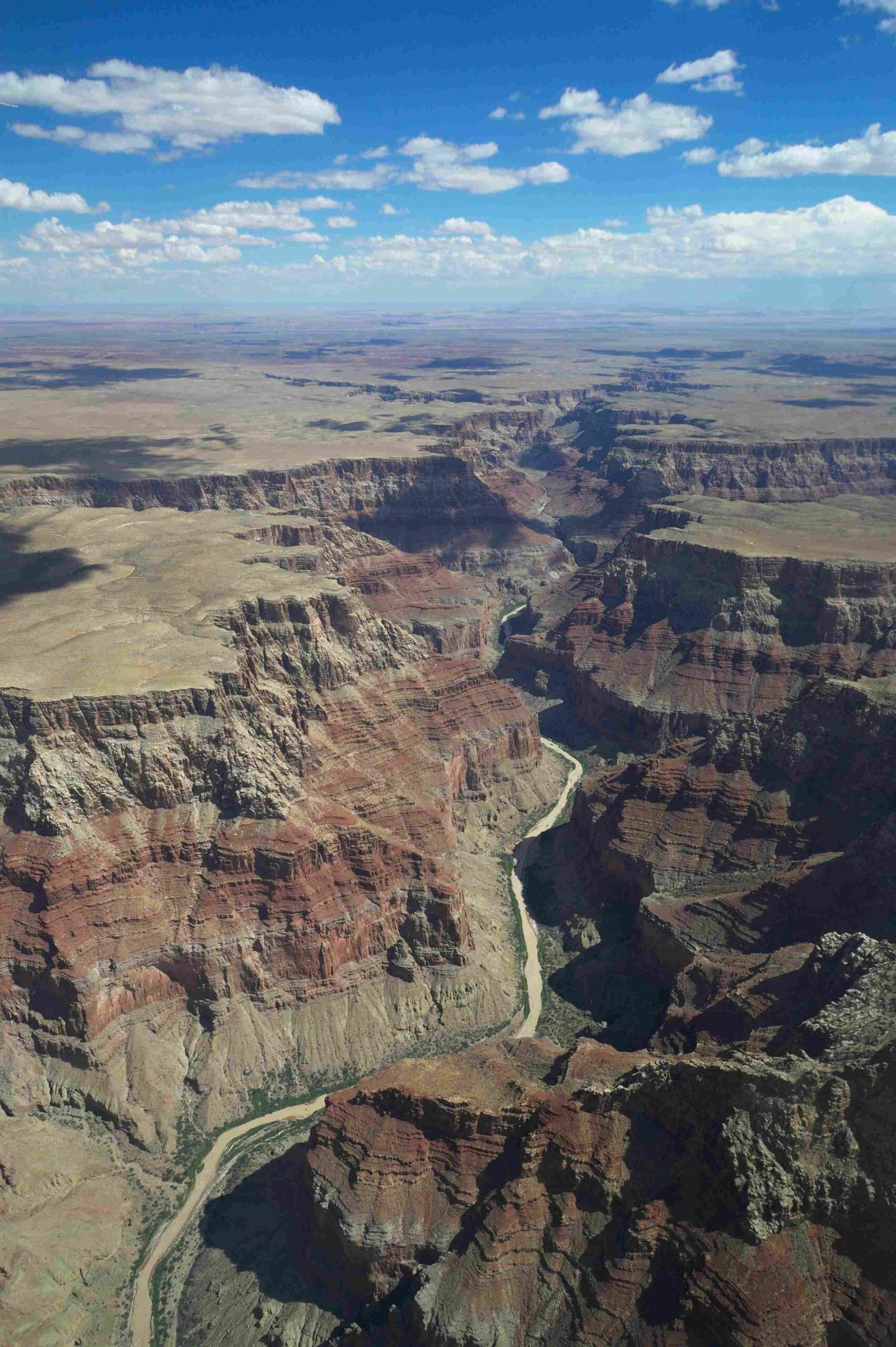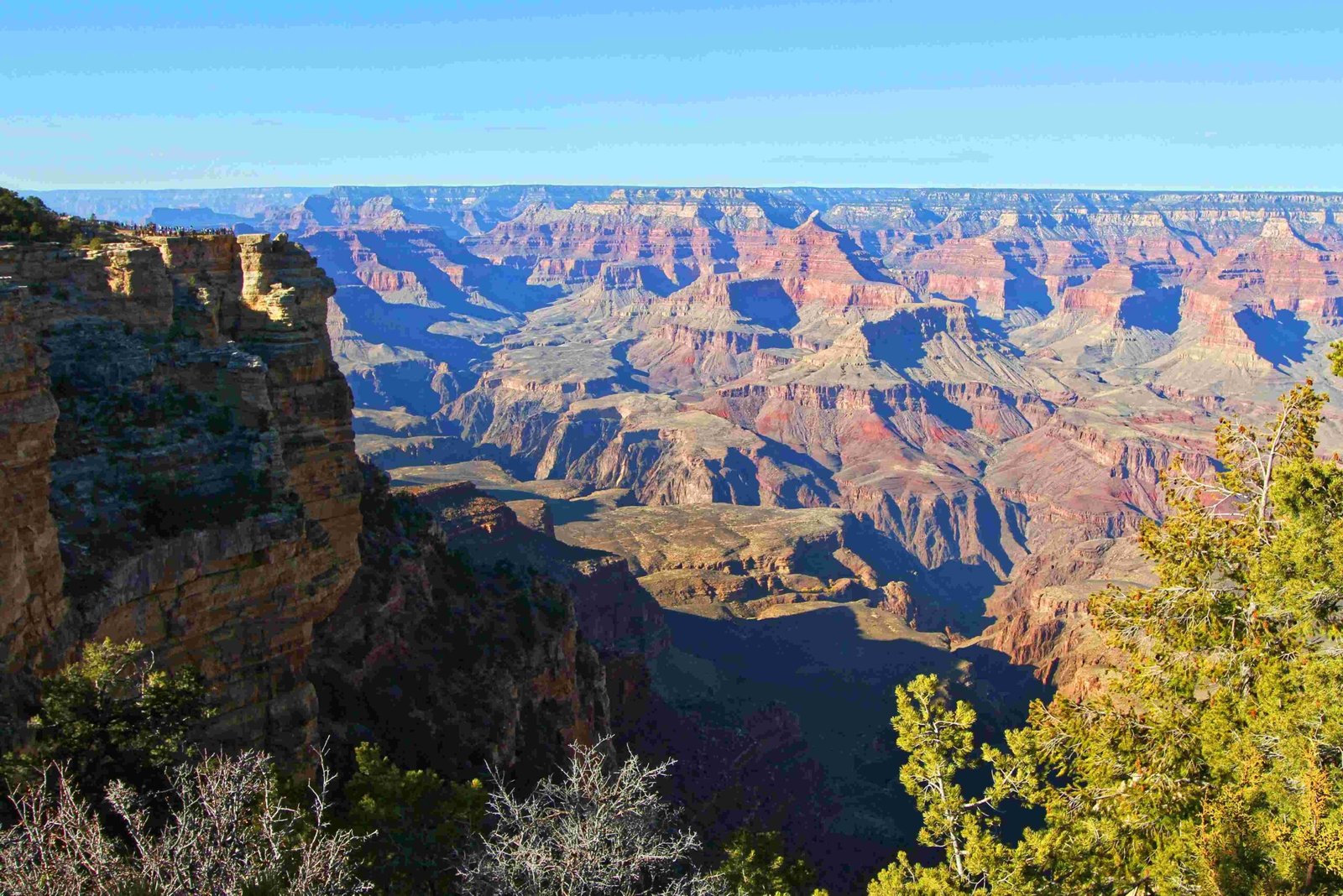Gold panning near the Grand Canyon offers adventurers a unique opportunity to explore Arizona’s rich geological history, combining stunning landscapes with the thrill of potential treasure hunting. While the national park itself restricts mining activities, surrounding regions provide exciting prospects for gold prospectors seeking to uncover hidden mineral wealth in the rugged southwestern terrain.
What Makes Grand Canyon Region Attractive for Gold Prospecting?

The Grand Canyon region represents a geological wonderland with complex mineral formations that hint at potential gold deposits. Understanding the area’s geological characteristics is crucial for successful prospecting.
Where Can Prospectors Find Gold Near Grand Canyon?
Promising Gold Panning Locations
| Location | Distance from Grand Canyon | Accessibility | Gold Potential |
|---|---|---|---|
| Lynx Creek | 2 hours | Moderate | High |
| Colorado River Tributaries | Varies | Challenging | Medium |
| Hassayampa River | 2.5 hours | Easy | Moderate |
Key Considerations for Gold Panning Sites
- Terrain Complexity: Rocky riverbeds and stream confluences
- Seasonal Water Levels: Impacts accessibility and gold concentration
- Legal Restrictions: Strict regulations within national park boundaries
What Equipment Do Prospectors Need?
Essential gold panning gear includes:
- Professional Gold Pan
- Stainless steel or high-quality plastic
- Lightweight and durable
-
Proper size for comfortable handling
-
Supplementary Tools
- Classified screens
- Shovel and trowel
- Portable sluice box
- Protective gloves
- Magnifying lens
How to Approach Grand Canyon Gold Panning?
Preparation Strategies
- Research local claim boundaries
- Obtain necessary permits
- Study geological survey maps
- Understand water flow patterns
- Learn proper panning techniques
What Are Historical Mining Insights?
The Grand Canyon region has a rich mining history dating back to the late 19th century. While large-scale commercial mining has diminished, recreational prospecting continues to attract adventure seekers.
Notable Historical Mining Areas
- Orphan Mine
- Last Chance Mine
- Surrounding Arizona territories
When Is the Best Time for Gold Panning?
Recommended Seasons:
– Fall (September-November)
– Spring (March-May)
Avoid:
– Summer’s extreme heat
– Winter’s potential snow interference
Safety and Environmental Considerations
- Respect ecological zones
- Follow Leave No Trace principles
- Carry sufficient water
- Use proper sun protection
- Inform someone about your prospecting location
Pro Tips for Successful Gold Panning
- Start in shallow, calm water sections
- Look for natural gold trap areas
- Use systematic panning techniques
- Be patient and persistent
- Document your findings
Conclusion

Grand Canyon gold panning offers more than just potential mineral discovery—it’s an immersive experience connecting adventurers with Arizona’s magnificent geological heritage.

